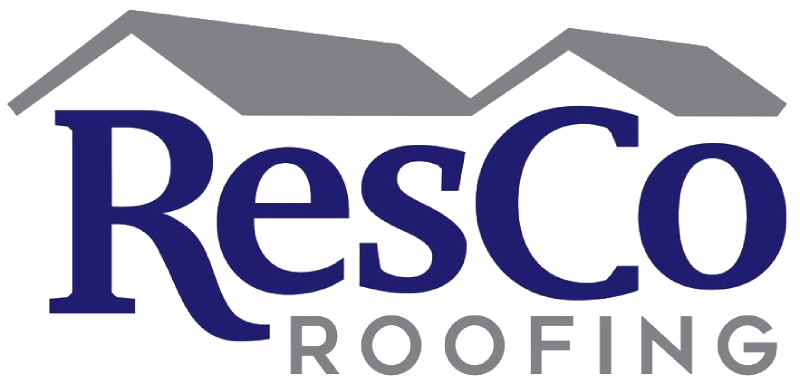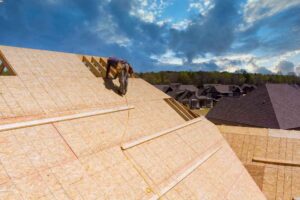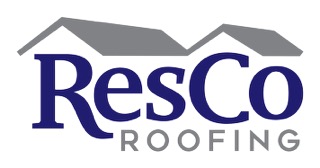Rapid Response: The Art of Emergency Roof Repair
In the face of unexpected calamities like severe storms, fallen trees, or sudden leaks, the integrity of your roof is put to the ultimate test. When emergencies strike, the swift and efficient execution of emergency roof repair becomes a crucial lifeline to safeguarding your home and loved ones. This guide unravels the art of rapid response in emergency roof repair, where every moment counts in restoring safety, security, and peace of mind to your dwelling.
Crisis Chronicles: Understanding the Urgency of Emergency Roof Repairs
When a roofing crisis strikes, the urgency of emergency roof repairs becomes paramount. Whether due to severe weather conditions like hurricanes, tornadoes, or hail storms, or unexpected incidents such as fallen tree limbs, the integrity of a roof can be compromised in an instant. In these moments, the immediate response provided by emergency repair services is not just a convenience; it’s a necessity. The rapid deployment of skilled professionals to assess and address damage can mean the difference between a quick fix and extensive, costly restoration work down the line. These experts are equipped to quickly identify the source of leaks and vulnerabilities, applying temporary solutions to prevent further water intrusion and protect the property from additional damage.
The importance of swift action in the wake of roofing damage cannot be overstated. Water intrusion, if not promptly halted, can lead to significant structural issues within the property, including mold growth, electrical hazards, and compromised structural integrity. Emergency repair services specialize in not only stopping the immediate problem but also in devising a plan for permanent fixes that ensure the long-term safety and security of the building. This proactive approach minimizes the potential for escalated damage, effectively preserving both the physical structure and the occupants’ peace of mind.
Moreover, the readiness of emergency roof repair teams to respond around the clock underscores the critical nature of their work. Disasters do not adhere to business hours, and the availability of 24/7 emergency response services reflects an understanding of the unpredictable nature of roofing emergencies. By ensuring that help is always just a call away, these services play an indispensable role in crisis management for homeowners and businesses alike. In the realm of emergency roof repairs, rapid response is not just a service—it’s a safeguard for properties, ensuring they withstand the tests of time and nature with resilience.
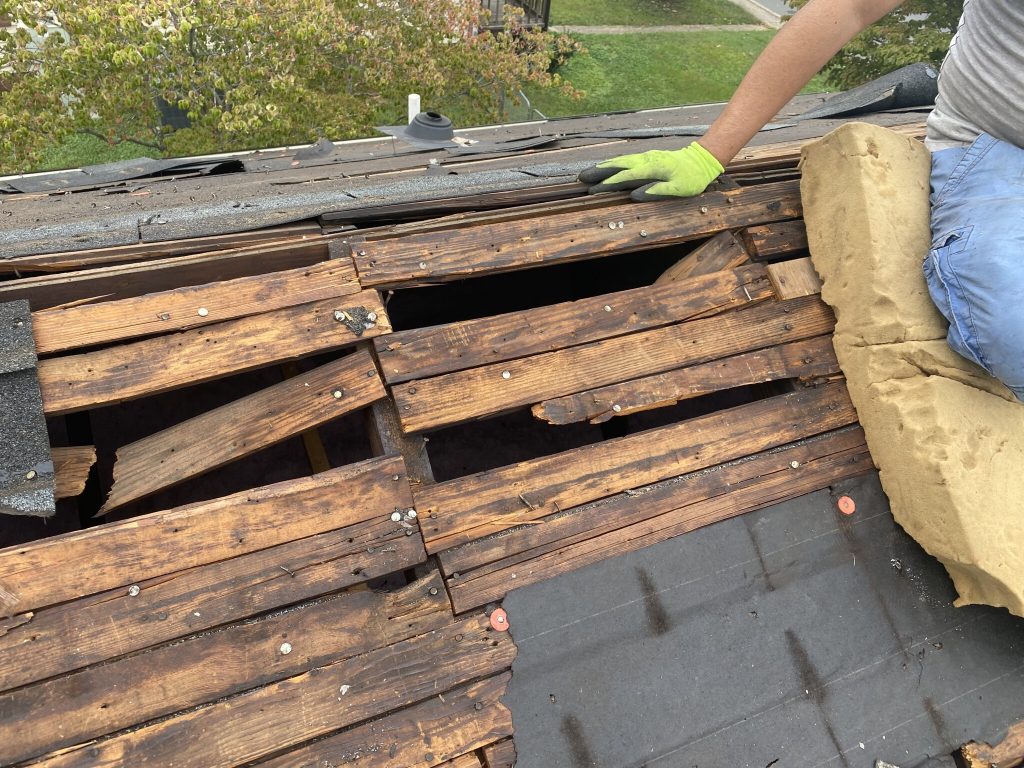
Immediate Interventions: Key Steps in Initiating Emergency Roof Repair Protocols
Immediate interventions in the face of a roofing emergency are crucial to mitigating damage and ensuring the safety and security of the occupants. The first step in initiating emergency roof repair protocols involves conducting a swift yet thorough assessment of the damage. This initial evaluation is critical as it determines the extent of the damage and the urgency of the required repairs. Roofing professionals are trained to identify the source of leaks and vulnerabilities quickly, enabling them to implement temporary fixes that halt water intrusion and prevent further damage to the property’s structure and interior. This rapid assessment phase is essential in developing an effective plan of action that addresses both immediate concerns and long-term repair needs.
Following the assessment, the immediate application of temporary solutions comes into play. These temporary measures may include the use of tarps, sealants, or other materials designed to quickly cover breaches in the roof’s surface and prevent additional water from entering the building. Such interventions are not meant as permanent fixes but serve as a critical stopgap until more comprehensive repairs can be carried out. The speed at which these temporary solutions are applied is key to minimizing the impact of the damage and safeguarding the property against further weather-related vulnerabilities.
The final step in the emergency roof repair protocol involves planning and executing permanent repairs. Once the immediate threat to the property has been contained, roofing professionals work with the property owner to devise a detailed repair or replacement plan. This plan not only addresses the current damage but also considers future prevention strategies, ensuring the roof’s resilience against subsequent emergencies. By following these key steps—rapid damage assessment, immediate temporary intervention, and the planning of permanent repairs—homeowners and businesses can navigate the aftermath of a roofing emergency with confidence, knowing that their property is on the path to recovery.
Swift Solutions: Implementing Rapid Response Strategies for Efficient Repairs
In the realm of emergency roof repair, the implementation of rapid response strategies plays a crucial role in mitigating damage and ensuring the safety of both occupants and the structure itself. The essence of these strategies lies in their ability to provide swift solutions to roofing problems that arise unexpectedly, often due to extreme weather events or sudden structural failures. A prompt reaction not only helps in identifying the source of leaks or damages quickly but also in applying temporary fixes that prevent further water intrusion. This immediate action is essential for preserving the interior of the building from water damage, which can lead to more complex issues such as mold growth, structural weakening, and damaged insulation.
The core of rapid response in emergency roof repair involves a well-coordinated effort among skilled professionals who are equipped with the necessary tools and materials to address roofing issues efficiently. These teams are often on standby, ready to deploy at a moment’s notice, ensuring that help arrives when it is most needed. Utilizing advanced diagnostic tools, they can assess the extent of damage accurately and devise a plan for permanent repairs. This approach not only saves time but also significantly reduces the potential costs associated with delayed responses, which can exacerbate the problem and lead to higher repair bills.
Moreover, implementing rapid response strategies includes educating property owners on the importance of regular roof maintenance and early detection of potential issues. By fostering a proactive mindset, homeowners and building managers can identify signs of wear and tear before they escalate into emergencies. This preventive measure, coupled with the availability of 24/7 emergency repair services, forms a comprehensive approach to managing roofing issues. It underscores the significance of swift solutions in maintaining the integrity of roofs, ultimately ensuring that they continue to provide safe and reliable shelter against the elements.
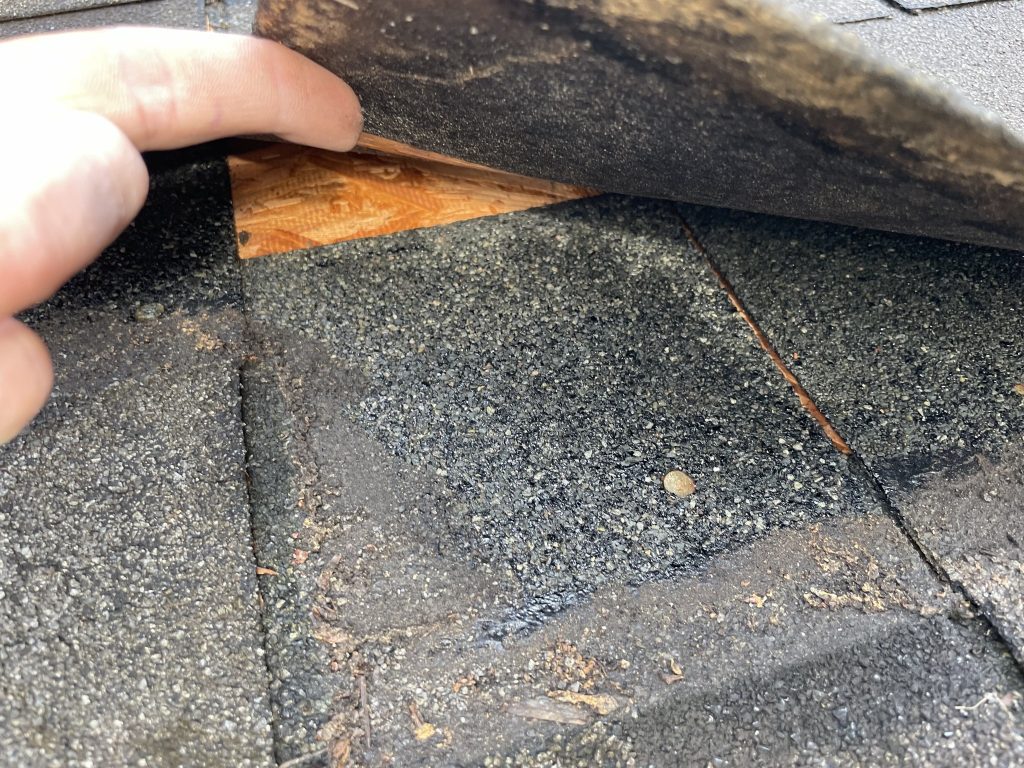
Weather Watch: Adapting Emergency Roof Repair Tactics to Climate Challenges
The necessity for rapid response in emergency roof repair is significantly heightened by the diverse and often unpredictable challenges posed by various climate conditions. In regions prone to severe weather events such as hurricanes, tornadoes, and heavy snowfall, the ability to swiftly address and repair roofing damage is not just a matter of convenience but of critical importance to ensuring the safety and security of properties and their inhabitants. These extreme weather conditions demand that emergency roof repair tactics be highly adaptable, with strategies tailored to quickly mitigate damage in the wake of specific types of climatic events. For instance, areas frequently hit by hurricanes may see emergency repair teams pre-staging materials and resources in anticipation of post-storm recovery efforts, enabling a quicker response once it’s safe to do so.
Moreover, adapting emergency roof repair tactics to climate challenges also involves employing materials and repair methods that are suited to withstand future adverse weather conditions. This foresight can significantly reduce the likelihood of repeated damage, contributing to the long-term resilience of roofing structures against the elements. For example, in hail-prone regions, the use of impact-resistant roofing materials during repairs can offer enhanced protection, reducing the need for future emergency interventions. Similarly, in areas where heavy snowfall is common, ensuring that roofs are not only repaired but also reinforced to handle significant snow loads can prevent collapse and other serious issues.
Ultimately, the integration of climate-specific considerations into emergency roof repair strategies underscores the importance of a proactive and informed approach to roofing maintenance and recovery. By understanding the unique demands of their local climates, repair services can offer more effective, efficient, and durable solutions to weather-related roofing emergencies. This tailored approach not only ensures a rapid response to immediate damage but also contributes to the overall resilience of buildings, preparing them to weather future storms with minimal impact.
Resourceful Resilience: Leveraging Tools and Technology for Rapid Repairs
In the realm of emergency roof repair, the integration of cutting-edge tools and technology has revolutionized the way repairs are conducted, significantly enhancing the speed and efficiency of response efforts. Modern advancements in roofing materials and repair techniques not only allow for rapid interventions but also ensure that the repairs are durable and can withstand future adverse weather conditions. Technologies such as drones for aerial inspections and thermal imaging cameras for detecting water intrusion points are examples of how the industry is leveraging technology to quickly assess damage without compromising on the thoroughness or safety of the assessment process. This approach minimizes the time between the identification of damage and the commencement of repair work, crucial in situations where time is of the essence.
Furthermore, the use of mobile and cloud-based communication and project management tools has streamlined the coordination and execution of repair operations. These platforms enable repair teams to share real-time updates and information, ensuring that all members are informed of the progress and any issues that may arise during the repair process. This level of connectivity not only improves the efficiency of the repair work but also enhances transparency and trust with property owners, who are often anxious for updates about their homes and businesses. The ability to rapidly mobilize resources and personnel through these technological solutions significantly reduces the downtime and disruption caused by roofing emergencies.
The adoption of technology in emergency roof repair exemplifies a broader shift towards resourceful resilience in the face of natural disasters and unforeseen incidents. By harnessing the power of innovative tools and technology, the roofing industry is better equipped to address emergencies with the swiftness and efficacy required. This proactive and forward-thinking approach not only ensures that properties are quickly restored to their pre-damage state but also instills a sense of confidence and reassurance among property owners, knowing that their emergency repair needs can be met with unparalleled speed and efficiency.
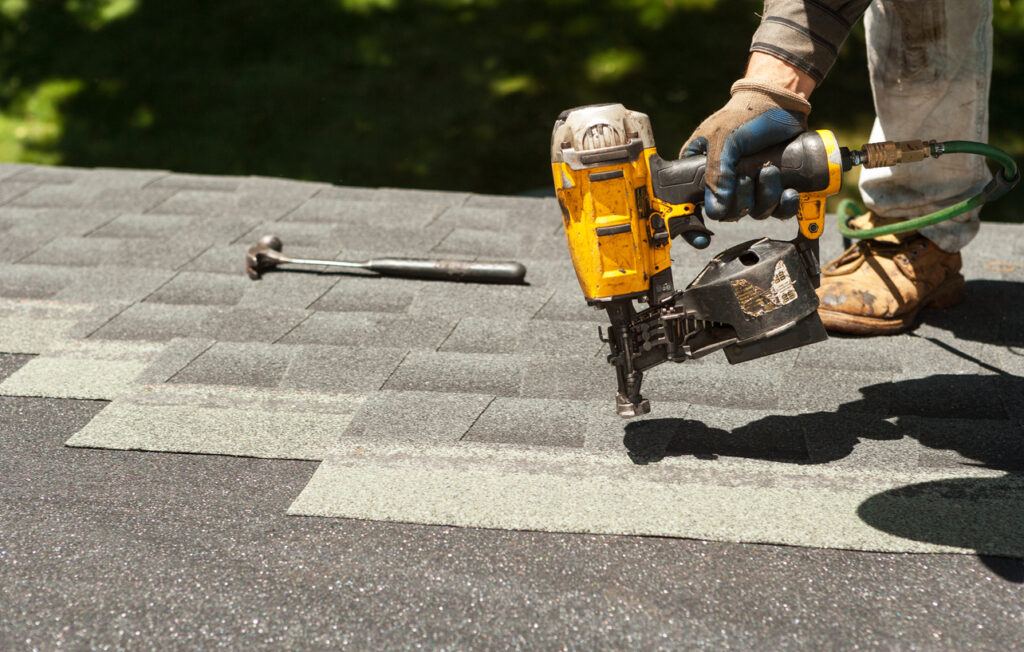
Collaborative Care: Building Partnerships for Seamless Emergency Roof Repairs
In the wake of a roofing emergency, the swift and effective collaboration between roofing professionals, homeowners, and insurance companies becomes paramount. This triad forms a partnership that is essential for the seamless execution of emergency roof repairs. For homeowners, understanding the importance of immediate action and having a plan in place for when disaster strikes is the first step. By establishing a relationship with a trusted roofing service ahead of time, they ensure a rapid response when emergencies occur. This proactive approach minimizes damage and accelerates the repair process, highlighting the significance of preparedness and partnership in times of crisis.
On the other hand, roofing professionals play a crucial role in this collaborative effort. Their expertise not only in assessing and repairing damage but also in navigating the intricacies of insurance claims is invaluable. They act as intermediaries, facilitating communication between homeowners and insurance companies, ensuring that all parties are informed and that the process moves forward smoothly. Their responsiveness and ability to mobilize quickly are critical factors in mitigating the impact of roofing emergencies. Through ongoing training and investment in technology, these professionals stay at the forefront of efficient repair strategies, further enhancing their role as pivotal partners in emergencies.
Insurance companies, for their part, contribute to this partnership by providing clear guidelines on coverage and claim processes, enabling homeowners to understand their policies better and prepare accordingly. In the aftermath of an emergency, their swift processing of claims is instrumental in getting repair work underway without unnecessary delays. By working closely with roofing professionals, they help streamline the assessment and repair process, ensuring that it is conducted to the highest standards. Together, these partnerships form a robust support system for homeowners, ensuring that when roofing emergencies arise, a network of collaborative care is in place to address them efficiently and effectively, restoring peace of mind and security to those affected.
Post-Repair Precautions: Ensuring Long-Term Stability and Preparedness
In the aftermath of an emergency roof repairing service, taking post-repair precautions is essential to ensure the long-term stability and preparedness of the structure. Once the immediate threats are mitigated and repairs are completed, property owners should not overlook the importance of a thorough evaluation and maintenance plan. This involves a detailed assessment of the repaired area by professionals to confirm that all vulnerabilities have been adequately addressed. Ensuring that the repairs meet the highest quality standards is crucial for preventing future issues. Additionally, this step provides an opportunity to identify any underlying problems that may have contributed to the emergency, allowing for corrective measures to be implemented.
Beyond the immediate repair zone, establishing a routine maintenance schedule is vital for preserving the integrity of the roof. Regular inspections, ideally conducted bi-annually or after significant weather events, can help in detecting potential problems early before they escalate into emergencies. These inspections should focus on common trouble spots such as drainage systems, flashings, and the roof surface itself. By proactively addressing minor wear and tear, property owners can extend the lifespan of their roofs and enhance their resilience against future damage. This preventive approach not only safeguards the property but also contributes to significant cost savings over time by avoiding the need for extensive repairs.
Furthermore, educating oneself on the specific challenges posed by the local climate and adopting appropriate protective measures can fortify a roof against the elements. Whether it’s reinforcing the structure to withstand heavy snow loads or applying reflective coatings to combat heat absorption in warmer climates, tailoring maintenance and improvement efforts to environmental conditions is key. By taking these post-repair precautions, property owners can ensure their roofs remain in optimal condition, ready to withstand whatever challenges may come their way, thereby ensuring long-term stability and preparedness.
Conclusion
In conclusion, the art of rapid response in emergency roof repair serves as a beacon of hope and resilience in times of crisis, offering a lifeline of support when your home is most vulnerable. By embracing swift solutions, strategic interventions, and collaborative care, you can navigate emergencies with confidence and emerge stronger on the other side. Remember, in the face of adversity, the art of rapid response not only restores the structural integrity of your roof but also reinforces the sanctuary of your home, embodying the unwavering commitment to safety, security, and peace of mind. So, whether you’re a homeowner, roofing professional, or insurance company, let us continue to prioritize preparedness and partnership to ensure that when disaster strikes, we stand united in our efforts to protect and preserve what matters most.
